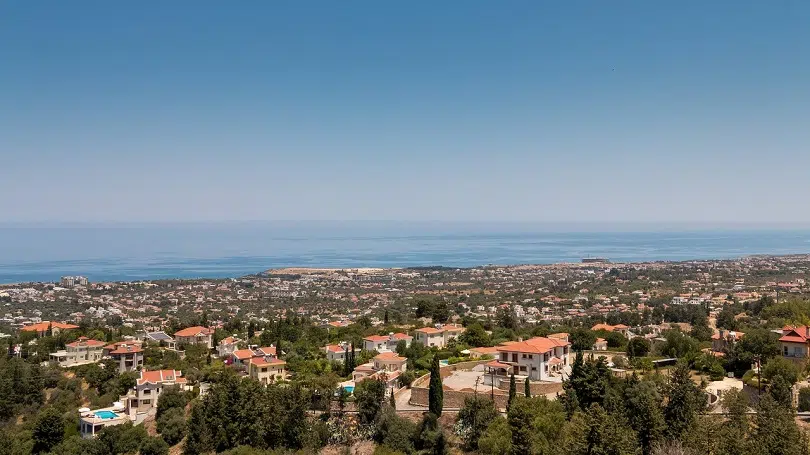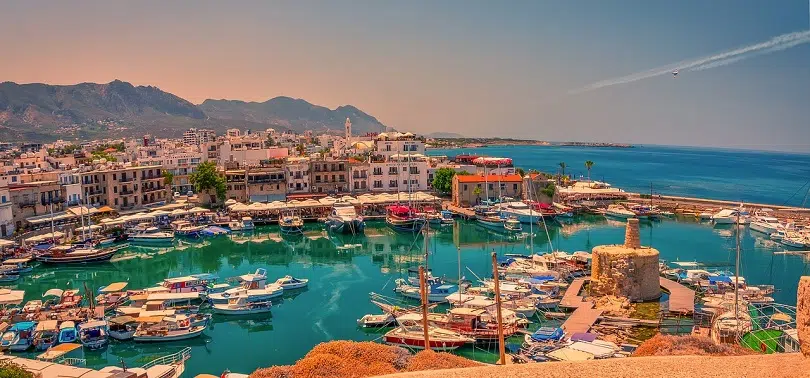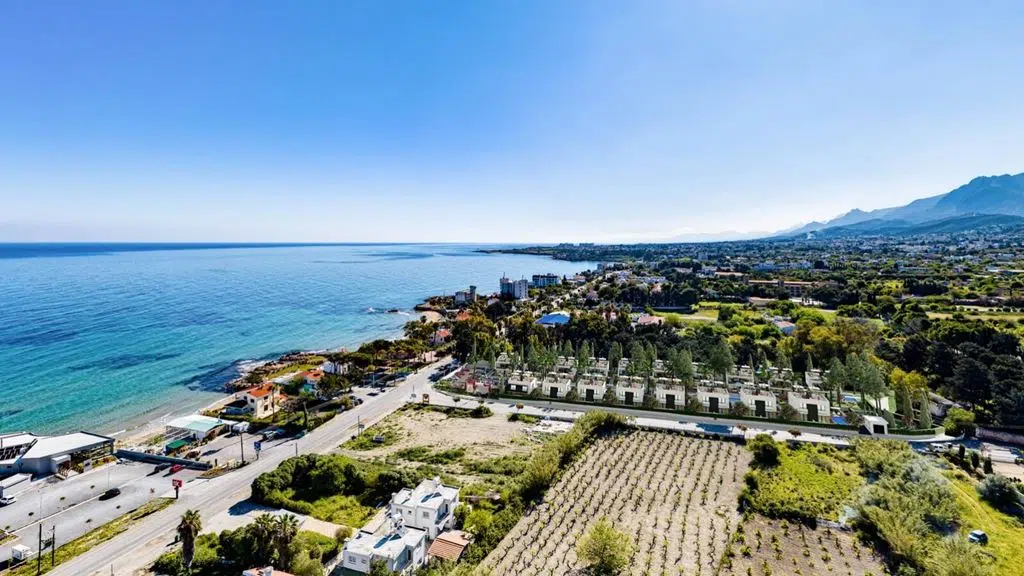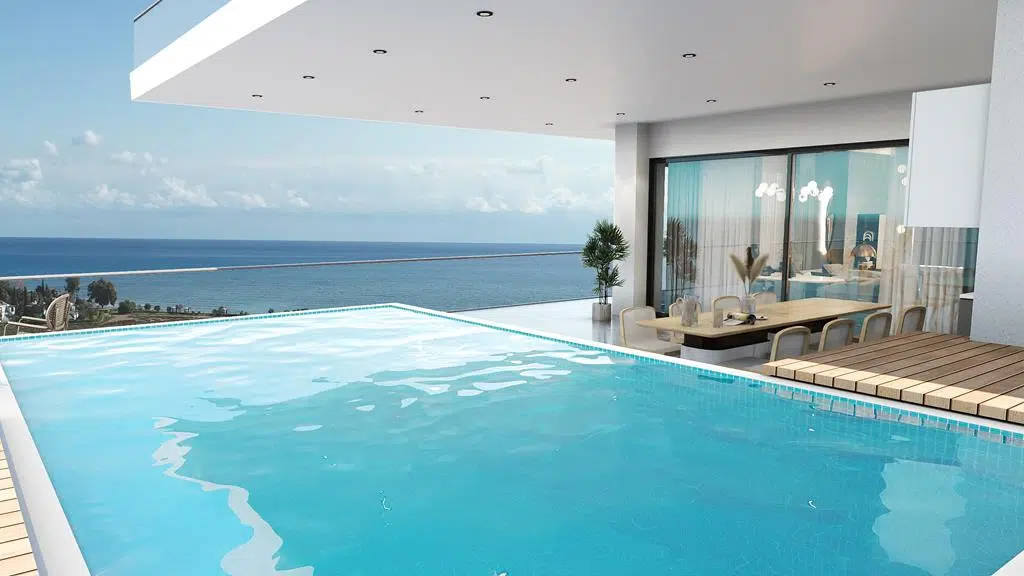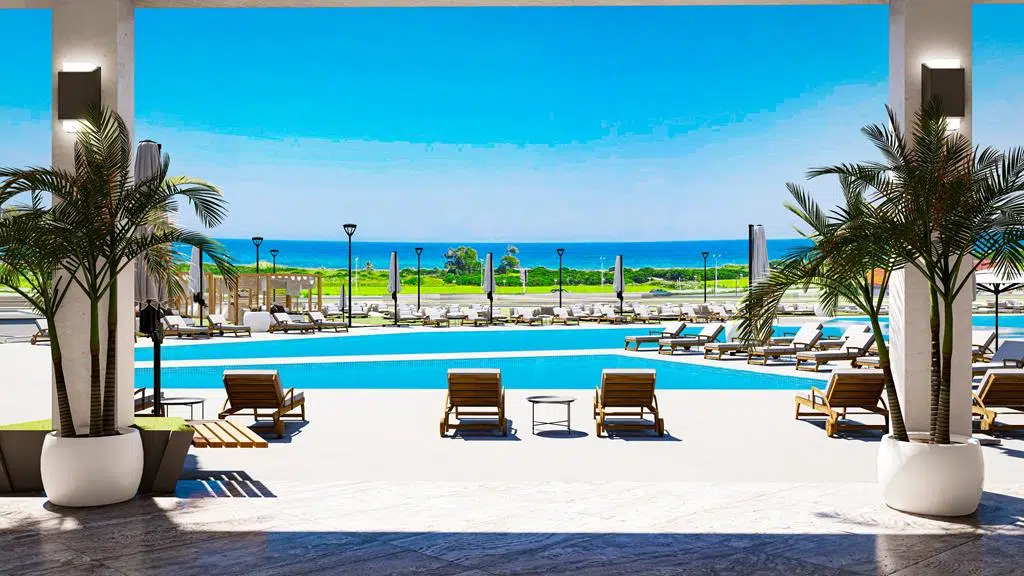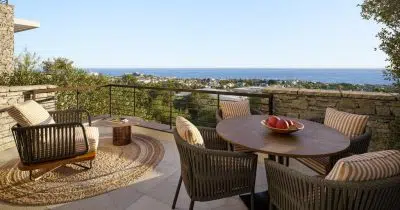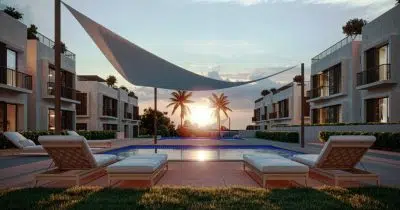You’ve probably heard of the vibrant city life in Barcelona, Rome, Paris or Istanbul, but have you ever considered Cyprus and the beauty it has to offer? This Mediterranean gem is home to many cities with a legacy of art and culture stretching back centuries. The major cities in Cyprus are highly underrated on the international scene. Pushed to the side by huge global alpha cities, they receive little fame, except for particular niches of society that enjoy exploring them.
But these cities offer natural treasures, beautiful beaches, amazing sights and many outskirt districts, making ideal holiday homes and retirement destinations. Indeed, these prominent cities are worth knowing about for house hunters who want to familiarise themselves with geography and location. So, let’s look at them, their districts, and what makes them unique.
Major Cities in Cyprus to Know About
The Capital City of Nicosia
Nicosia, the capital of Cyprus, belongs to the larger district with the same name. Stories of Nicosia’s long history dating from the Bronze Age revolve around the old town Venetian walls and the 13th-century Selimiye Mosque (formerly Saint Sophia Cathedral). Today, the bustling city houses 200,000 people and stands proud as the cultural centre of Cyprus. At the same time, universities, galleries, modern shopping centres, restaurants, and cafes make this place ideal for permanent living.
The Nicosia District is one of six administrative districts of Cyprus, covering 2,740 square kilometres. The one downside to Nicosia is that there are no beaches. You have to drive an hour for this. Do spend time in the old walled city part, though, where the Ledra Street Crossing Point lets you explore both south and north Nicosia.
Limassol – A Delightful Wine Region of Cyprus
Southern Limassol, the second-largest city in Cyprus, excels with beautiful coast beaches and lively nightlife. The city’s population of 235,000 makes Limassol an essential centre for trade and tourism. Limassol’s history includes the 14th-century Limassol Castle and the ancient 11th-century BC Amathus city, 6 miles east of the city.
Limassol Wine Festival, which has run for 61 years, is held for two weeks at the end of August to showcase the region’s wines. Plenty of quaint villages on the outskirt in the larger Limassol district earn fame for their regional vineries, including Lania, Lofou, Omodos, and Agros.
Paphos – Birthplace of Aphrodite
The Paphos region in western Cyprus is connected to ancient Greek mythology. It is believed to be the birthplace of Aphrodite, the goddess of love and beauty. Paphos is also the capital of the district with the same name. The city hosts 35,000 residents, but the wider Paphos District boasts around 90,000 people. Sitting 2 kilometres from Paphos harbour, the 4th century Tombs of the Kings, an archaeological and UNESCO World Heritage site, consists of underground tombs used by wealthy families of the time. The tombs carved out of the solid rock are decorated with intricate frescoes and columns.
Meanwhile picturesque Paphos Harbour features various restaurants and bars with stunning Mediterranean Sea views. Beautiful sandy Coral Bay sits 13 kilometres outside the city. It offers water sports like jet skiing and parasailing, and the beachside is easily reached by car or bus. However, Paphos does a roaring trade in foreign tourism for home comforts and a sense of familiarity, hence the international vibes.
Cultural Heritage in Larnaca – Cyprus
Larnaca, in southern Cyprus, the third-largest city after Nicosia and Limassol, is home to the Hala Sultan Tekke, Saint Lazarus Church, and Larnaca Fortress. Beach lovers should visit Finikoudes with the palm tree-lined promenade, McKenzie for windsurfing and kitesurfing, or Dhekelia Beach. But drop by the Larnaca Museum and Pierides Museum for fascinating historical insight. Despite being the third largest city, it is often overlooked in favour of other destinations like Paphos and Limassol.
However, for laid-back, authentic Cypriot experiences, Larnaca is perfect. During winter, Larnaca Salt Lake, to the west of the city centre, fills with water and attracts migratory birds. To taste traditional Cypriot life, visit the St. Lazarus neighbourhood and the beautiful Byzantine church. Food fans love Larnaca’s dining scene, including fresh seafood, but for traditional Cypriot cuisine, visit the Kazani Tavern. For upscale dining experiences, visit Militzis, famed for grilled meats and whose reputation stretches back 80 years.
Delightful Famagusta
Famagusta earns fame for Salamis ancient city with the impressive Roman theatre, gymnasium, agora ruins, and Saint Barnabas Monastery. Beaches like Golden in the Dipkarpaz district, Glapsides (ideal for families), and Palm Beach also earn much admiration. There is much to do in terms of cultural and heritage attractions. Walking along the 2-mile-long old city walls throws out surrounding countryside views. The Lala Mustafa Pasha Mosque, a former Gothic cathedral, was converted during the Ottoman era, and Othello Castle, a 14th-century castle built by the Venetians, hosts concerts and other cultural events today.
An exciting alternative in the larger Famagusta district is Paralimni, that has gained more fame in recent years. Fig Tree Bay, in nearby Protaras, is a swimming and water sports haven. Another nearby beach, Konnos Bay, is more secluded, with fantastic snorkelling opportunities and opportunities to spot colourful fish and sea turtles. Of course, no visit to Paralimni would be complete without trying some local cuisine. The town boasts traditional tavernas, where you can sample delicious Cypriot dishes like souvlaki, moussaka, and halloumi cheese. Also, visit a famous taverna, “Mousikos,” in the old town, which offers a welcoming atmosphere. (More about Famagusta.)
Kyrenia – Hub of the North
Kyrenia, also called Girne, in northern Cyprus, attracts much admiration for the Castle, Bellapais Abbey, and St. Hilarion Castle. But the Alagadi turtle beach and Escape beach club easily lure those looking for the best days out. An exciting landmark, the 7th-century Byzantine castle, today houses the Shipwreck Museum and 4th-century BC Greek merchant ship.
Also, see the 13th-century Gothic-style Bellapais Abbey with panoramic views of Kyrenia and the surrounding countryside. The mountains offer hiking trails for both beginners and experienced hikers.
Morphou – Guzelyurt
The town hosts several festivals and events throughout the year, including the Morphou Orange Festival, which celebrates the town’s citrus fruits for two weeks. Morphou is also surrounded by the Troodos Mountains, home to the famous Archangelos Michael Church. Despite this, Morphou remains a lesser-known destination in Cyprus. With a local population of around 7000 people, they are surrounded by fertile agricultural land with growing citrus fruits, vegetables, and olives to export. In addition, the town’s long and fascinating history shines through in the Soli Ruins, St. Mamas Monastery, and several nature reserves and parks.
Where do Expats Live in Cyprus?
Expats in Cyprus tend to live in various locations, depending on their preferences and lifestyle. Popular places include Limassol, Paphos, Nicosia, Larnaca, and Famagusta. However, North Cyprus is popular. The currency, language and customs are different, with Turkish spoken in the North and Greek in the south. The Island region offers many properties for sale, including villas and apartments, at competitive prices compared to other Mediterranean destinations.
Buying property is straightforward, with many locations, from coastal areas with stunning sea views to tranquil countryside settings. With beautiful landscapes, a Mediterranean climate, and favourable investment opportunities, the north is ideal for an international property purchase. Start your property search here, or call us today and chat with an agent about investing.
Also, About North Cyprus
Best Beaches: Last week, a client asked us what the best beaches in North Cyprus are. Many clients looking to buy abroad in sun-filled countries ask this question whether looking at Turkey, Spain, Portugal or Cyprus. Most are willing to pay more for their sea view and to be within walking distance of long stretches of sand. The lure is easy to understand, and experts say seaside life is best for our health.
Is North Cyprus a Good Place to Live? In recent years, the north has risen in popularity as an international location for expats. Some clients who originally bought homes in Turkey moved here for an alternative lifestyle. So when looking at places to live, the north has much to offer.
Beautiful Towns in North Cyprus: From major cities in Cyprus to lesser-known towns, many potential expats looking to live in Cyprus choose the Turkish Cypriot part because there is much potential for growth and expansion. This is seen in the growing economy, which gives confidence to potential home buyers. However, the North offers much more, including 120 miles of gorgeous beaches, low living costs, and desirable year-round weather.
